Kasime speaking with a ChildVoice counselor outside her home
Kasime sits in the open doorway of her mud brick house with her two young children one of them only seven months old. Rags cover holes in the thatched roof, to little effect whenever it rains.
“When it rains we all get soaked,” she told CV staff during a recent interview. “My second baby developed a funny illness, which doctors attributed it to poor housing facility.”
Kasime was forced to flee her village in the Democratic Republic of the Congo (DRC, or “Congo”) when rebel militants came to her house one night and murdered her husband without provocation. Kasime is now receiving help from ChildVoice, but her story is just one of thousands. Over 500,000 Congolese refugees languishing in Uganda alone.
The DRC remains the country with the largest number of internally displaced people (IDPs) in Africa -- more 6.3 million, or 6 percent of the DRC’s total population. Largely forgotten amid stories of more recent outbreaks of war in Ukraine and the Gaza Strip, DRC has been embroiled in sectarian violence for over 30 years, particularly in the country’s eastern provinces. Astonishingly, some 120 armed groups remain active in Ituri, North Kivu, South Kivu and Tanganyika provinces. These groups routinely commit acts of violence that amount to crimes against humanity. But rebel groups are not alone in this. The Congolese armed forces (FARDC) and police have also been implicated in widespread international human rights violations, including sexual violence, torture, and arbitrary killings.
It is in this anarchic atmosphere of corruption of violence that wave after wave of ethnic groups have been killed or displaced—whether cross-border or internally--over the past three decades.
Compounding the already-dire situation, DRC continues to face extreme hunger issues currently faced by much of Africa. Per the United Nations Office for the Coordination of Humanitarian Affairs, “the ongoing violence in North Kivu has disrupted the distribution of vital food assistance intended to reach more than 25,000 displaced people and other vulnerable individuals across the province.”
As the number of Congolese refugees in Uganda continues to grow, so too does the number of Congolese students ChildVoice is taking on. In fact, 3 out of the 28 students in class 16 at our Lukome Center are refugees from the DRC. With no end to the violence within DRC in sight, sadly we expect to see more young Congolese refugees in desperate need of hope and healing.
To learn more about Kasime, click here.


